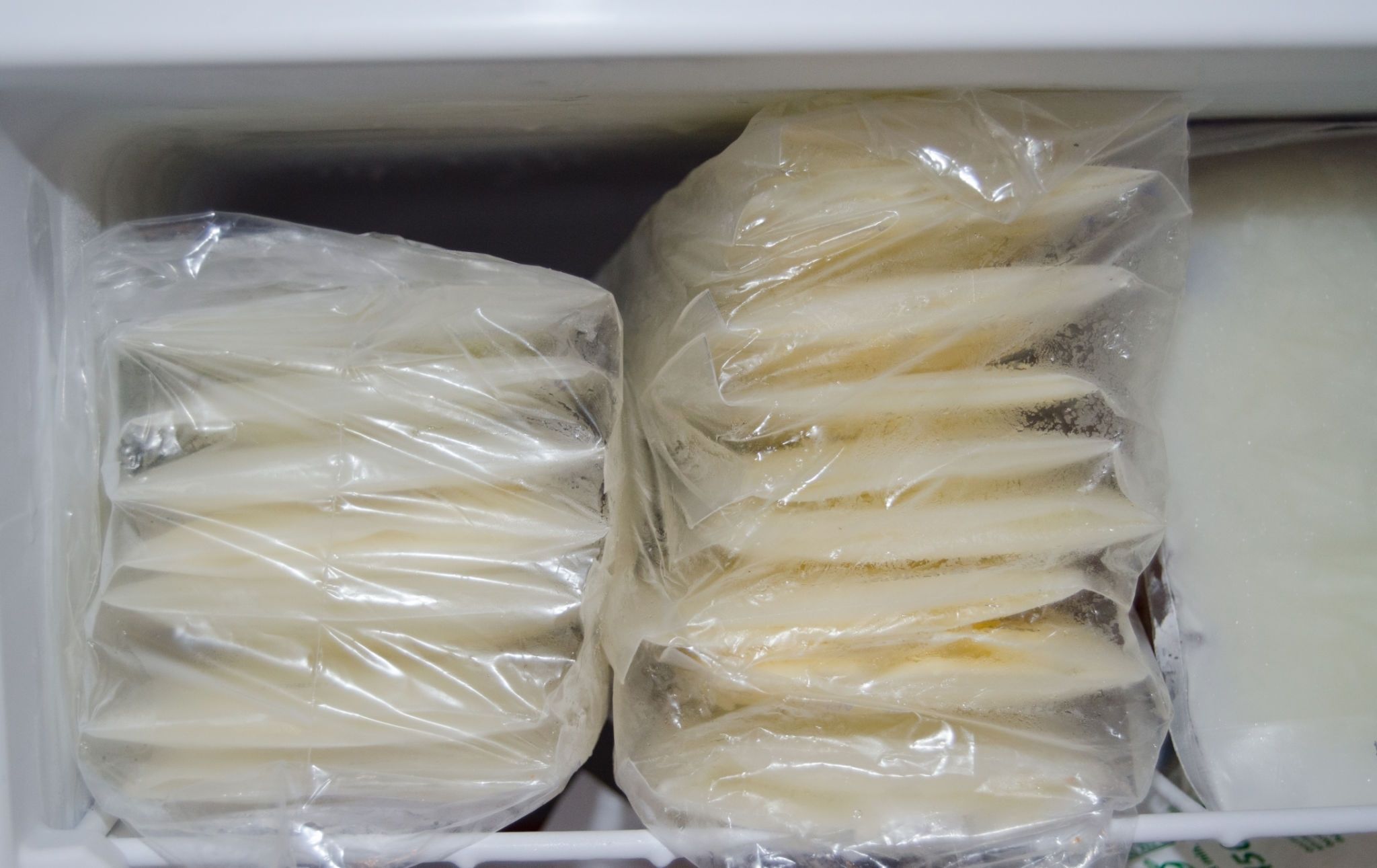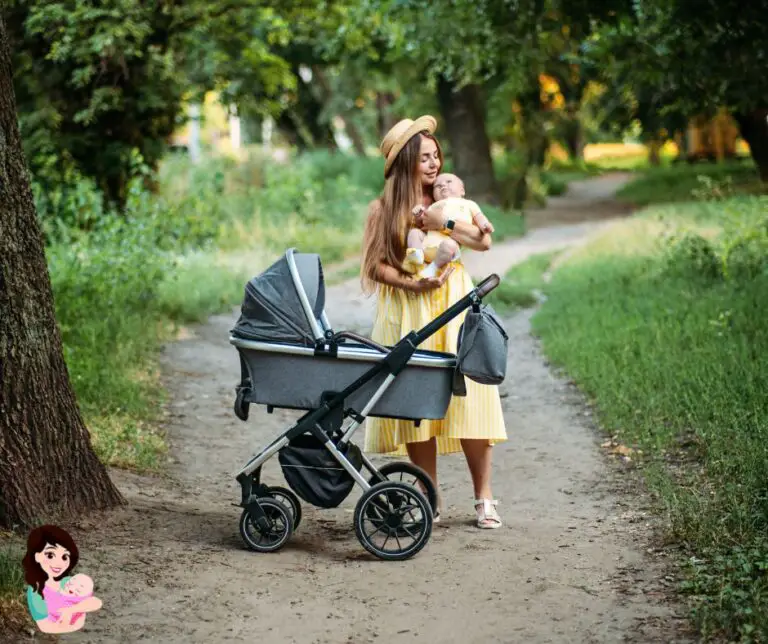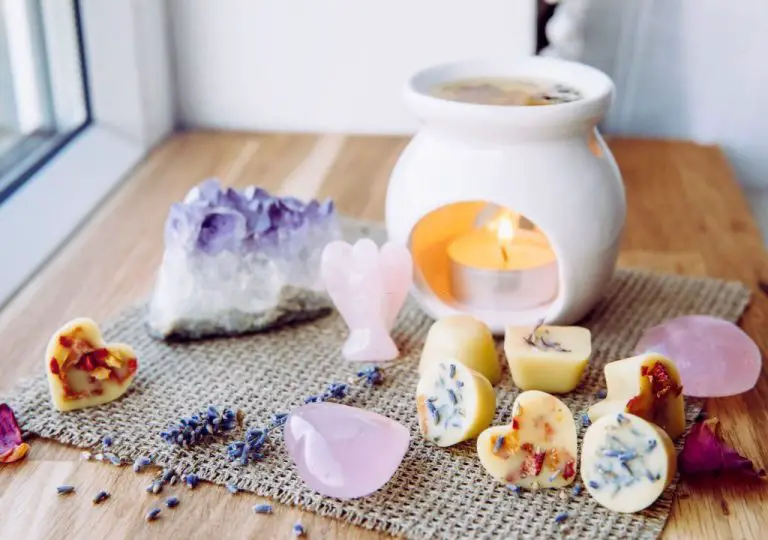
If you are a mom, you have probably already heard a lot of information and advice concerning the importance and benefits of using breast milk. As I wholeheartedly agree that there is almost nothing more important for your baby than having the opportunity to drink this precious “white blood,” I will try to give my contribution to persuading and educating all young mothers of the importance of using breast milk, but also of properly storing and reusing it.
Moreover, being a mother takes a lot of effort, sleep deprivation and sacrifice and having an opportunity to breast pump your milk and save it for later enables you to plan your time better. However, if you do this, you have to be extra careful when storing it an warming it up to the perfect temperature for your baby.
The following text deals with these issues to the smallest detail and is sure to help any confused mother who wants the best for her child with much useful advice including how long is warmed breast milk good for.
How to Properly Store Breast Milk
First of all, in order to avoid bacteria developing in your breast milk and securing its safety and nutritional value, you have to store it properly. There are recommendations approved by professionals that suggest how and where to store the breast milk, but also for how long and at what temperature. If you follow these recommendations, your milk will remain almost unchanged, so do pay attention to the following guidelines that will help you decide on where you should store your milk and in what type of container.
Where to Store the Breast Milk
In Refrigerator
When in the refrigerator, the breast milk should be kept at the temperature below 39° F (4° C). Ideally, you should store it for up to three days, but it is acceptable to keep it refrigerated for as long as eight days. Try to be extra careful when you collect the milk for storage as you want it to remain as clean as possible to minimize the possibility of spoilage. Position the breast milk closer to the back of the refrigerator’s main body to secure constant optimal temperature.
In the Freezer
When it comes to storing the breast milk in the freezer there are three possibilities – you can utilize the compartment of the refrigerator, the compartment of the refrigerator with separate doors or deep freezer. If you opt for the first possibility, your milk should be frozen and kept at a temperature around 5° F (-15° C) for up to two weeks.
If your freezer compartment has separate doors, the temperature should be around 0° F (-18° C), and you can store it much longer – from three to six months. Finally, if you have a deep freezer, the temperature you want would be -4° F (-20° C) and the allowed time range from six to twelve months.
In all three cases, you should also make sure that the milk is positioned away from sides, and try to keep it in the back part of the freezer as to secure the most constant temperature. The time ranges suggested are not firmly set in the sense that milk can remain safe for use even when stored somewhat longer, but the nutritional value will diminish as the fats in it will start to break down after the recommended time passes.
In Insulated Cooler Bags
Storing milk in an insulated cooler bag is a perfect option when you are on the go. The temperature you should secure for your breast milk to stay safe for twenty-four hours must be between 5° and 39° F (-15° to 4° C). It is also recommended that you position ice packs and milk containers as close to each other as possible and avoid opening the cooler bag.
At Room Temperature
You should keep your breast milk at the room temperature only if you are sure to use it in next few hours or it will be wasted. Namely, the milk will stay good for around four hours, although some professionals suggest that up to six hours of storage can be accepted. You have to make sure that temperature should not be higher than 78° F (26° C), although ideally it should be kept around 66° F (19°). If you consider the room too warm, try using a damp towel to cover the milk as that will keep it a bit cooler.
In What to Store the Breast Milk
Besides using your baby bottles, or specially designed containers you can buy, there are also specialized breast milk freezer bags designed for this purpose. These are few things you should consider when choosing any of the options mentioned above:
Bottles and Containers
It is best to choose bottles and containers made from glass as they are easiest to sterilize and do not release any harmful substances. If you opt for plastic, make sure that it is BPA-free As bisphenol-A is a dangerous chemical suspected of being cancerogenic. Another safe option is to use bottles and containers made from polypropylene. You can also pay attention to recycling symbols and look for 2 or 5 and PP symbol. Also, make sure that sides are hard and you can fit the tops securely and tightly.
When your baby is very young and has a weak immune system which has not yet developed fully, you should sterilize the bottles and containers prior to using them. Later on, it will be enough to wash them in hot water using an appropriate soap. Just be sure you rinse them and air-dry them well. You can also use your dishwasher for most of bottles and containers.

Freezer Milk Bags
As already mentioned these bags are designed for storing breast milk and can be bought in specialized stores. They can usually take up to 120 ml, but you should best store only the amount your baby is likely to eat at once. If you do not use it all for a single feeding, you will be forced to throw it away.
Before you seal the bag, make sure there is no air left inside. Pay special attention to the material the bags are made of remembering that some types of plastic can be dangerous, but also more prone to leakage and not as durable
Extra Tips
- Never fill the container you intend to freeze all the way up to the top as milk will expand during the freezing process.
- Glass must not be frozen, and even plastic can become brittle and be damaged or broken more easily so handle them with special care when frozen.
- To avoid confusion mark the date you have stored the milk on the container or bag.
Good vs. Bad Bacteria in Your Breast Milk
There are good and bad bacteria in breast milk. Good ones have probiotic properties while bad ones usually come from baby’s mouth or wrongful handling. Breast milk also has bacteria-fighting power, and some studies suggest that the one milk properly stored for few days has fewer bacteria than fresh breast milk. These anti-infective properties diminish with time though, and it is therefore recommended not to overdo it, but rather use up all the expressed breast milk in a timely manner.
Heat & Reheat- Is It Recommended and How to Do It Properly?
As already mentioned, breast milk is precious for your baby and its health. In order to be able to use it all up, you will certainly have to warm it up from time to time. Mothers are very busy making sure their baby has everything it needs and taking care of the home. If we consider working moms, we can see that there is little time to dedicate to breastfeeding and a great need to store and re-use the milk.
There are no conclusive studies which prove that warming milk reduces nutritional values or increases the bacteria count. Quite oppositely, some research shows that heating does not significantly alter breast milk. For this reason, there are no warnings against warming or reheating breast milk.
On the other hand, there are numerous moms that do it with no reported problems so far. As a mom, you can get always rely on your instinct as well, and, as with any other food, taste and smell the milk to make sure it is fresh and unaltered. Thawed milk can even taste a bit soapy due to the fats breaking down, but it is still safe to use if your baby accepts it as such.
If you notice that the layers of the milk have separated, or a creamy substance has formed on the top, do not worry – it is perfectly normal, and you just need to swirl it before you feed it to the baby gently.
If you have frozen your milk, you will have to thaw it first. To do so, you can leave it refrigerated overnight, or, if in a hurry, place it under cool running water.When the milk is thawed, increase the water temperature to bring the milk to the acceptable feeding temperature. Do not re-freeze thawed milk and try to use it within one hour after warming it.
Milk stored in the refrigerator can be warmed under warm running water. You can also fill a pan with warm water and place bottle, container or a bag in it for several minutes. The water should be warm not boiling, and you should never warm the milk directly on the stove.
Another great and convenient option is to use a bottle warmer. A bottle warmer will warm your breast milk to a temperature which imitates your body temperature (36- 38°C ). You just need to turn the dial or set the timer, and you are free to cuddle with your baby while the milk is getting warm. It is a rather quick process as well- it takes only three minutes in average. Most bottle warmers maintain a constant temperature as well and will not over-heat your milk nor destroy the nutrients in it.
Never microwave breast milk as the process will reduce its beneficial properties and can also leave hot spots that can hurt your baby.
How Long is Warmed Breast Milk Good for?
Most of the issues we dealt with have a direct influence when answering a question how long is warmed breast milk good for. Try to answer the following questions:
How did you store the milk? Was it frozen or only refrigerated and for how long?
Did your baby already drink it from the bottle? If so, consider the bacteria transferred through baby’s mouth.
And finally, are you going to follow general recommendations or your motherly instinct? This is actually the most important question.
General recommendations are that once heated milk should be used within an hour- ideally immediately after heating. It is logical as well- why would you heat the milk if you do not intend to give it to your baby?
If your baby goes to sleep or you have to pause feeding it, then save the milk for a short time and continue as soon as possible. The exact time cannot be given due to all above-mentioned factors that can differ greatly. The room temperature you keep the milk at is also important.
Mothers usually know what is best for their babies , so if you followed the rules of storage and your baby is healthy, you should definitely be able to decide what is good for your child.

Hi, This is Emma Baster; As a mom, I spend my free time caring for my kids. I’ve read a lot on the Internet to improve my childcare skill and bring the best to my kids. Eruditemommy shares my knowledge and experience through helpful posts. I hope you enjoy them!







